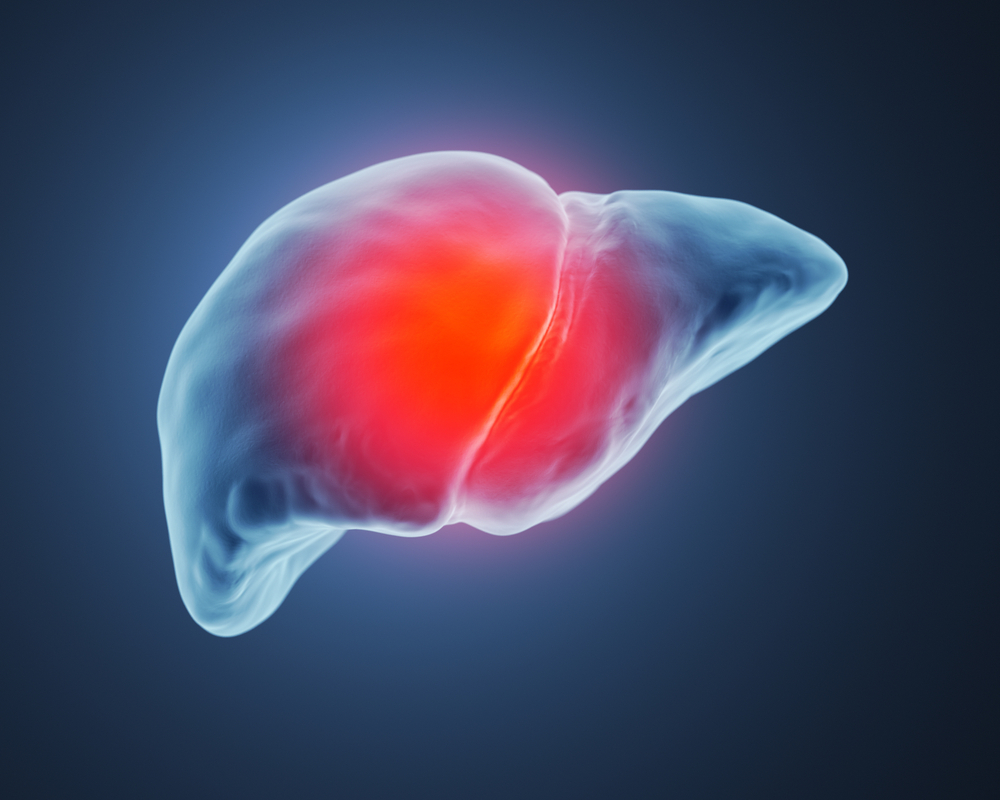Liver Cancer Death Rates Rise As Overall Cancer Death Rates Fall in the US

U.S. death rates from liver cancer have risen steadily since 2000, resulting in the disease going from the ninth-leading cause of cancer death to the sixth, a new report finds.
The change comes as U.S. cancer death rates overall — meaning rates for all combined cancers — have declined since 1990, according to the report, published today (July 17) by the Centers for Disease Control and Prevention.
But from 2000 to 2016, liver cancer death rates in adults ages 25 and up rose 43 percent, from 7.2 deaths per 100,000 people in 2000 to 10.3 deaths per 100,000 people in 2016, the report found. The rates increased for both men and women; however, the death rates for men were 2 to 2.5 times higher than the rates for women throughout the study period. [10 Do's and Don'ts to Reduce Your Risk of Cancer]
Death rates for other cancers — such as lung, colon and breast cancers — have fallen thanks to lower rates of people getting these cancers, as well as better ways to detect and treat these cancers, said Dr. Jeffrey Drebin, chair of the Department of Surgery at Memorial Sloan Kettering Cancer Center in New York City and a liver cancer surgeon. Drebin was not involved with the new report.
Liver cancer, however, hasn't seen similar improvements, Drebin told Live Science. For example, the rates of people getting liver cancer haven't changed much, and the disease is still difficult to detect and, in many cases, treat.
Drebin noted that although the rates of liver cancer due to some causes — such as hepatitis B, a viral infection that causes inflammation of the liver — have decreased, the rates of the disease due to other causes — including obesity-related cirrhosis, or scarring of the liver — have gone up. Therefore, the rates of people getting liver cancer due to different causes are "probably balanced out," he said.
What's more, even though new drugs are available to treat hepatitis C, another viral infection that causes liver inflammation, these drugs "may not prevent the eventual development of liver cancer," Drebin said.
Sign up for the Live Science daily newsletter now
Get the world’s most fascinating discoveries delivered straight to your inbox.
Liver cancer death rates were the highest in adults ages 75 and up during the entire study period, the report found. Death rates rose for adults in this age group during the study period, as well as for adults ages 65 to 74 and adults ages 55 to 64. Adults ages 45 to 54 saw an increase in death rates from 2000 to 2005, followed by a decrease in rates from 2012 to 2016. Liver cancer death rates for adults ages 25 to 44 did not change during the study period.
Drebin noted that liver cancer rates rise with age because of the long-term effects of liver inflammation. (In other words, the longer a person has inflammation of the liver, the more likely that person is to develop liver cancer.)
Looking at death rates by race and ethnicity, the report found that death rates rose in Hispanic, non-Hispanic black and non-Hispanic white adults from 2000 to 2016. Liver cancer death rates fell for one group during the study period: non-Hispanic Asian or Pacific Islander. This group, however, had the highest liver cancer death rate of all the groups in 2000.
The report also found that, after adjusting for age, liver cancer death rates in 2016 were the highest in Washington, D.C. (16.8 deaths per 100,000 people) and the lowest in Vermont (6 deaths per 100,000 people).
The report is based on data from the National Vital Statistics System, a database that contains death certificates from all 50 states and the District of Columbia.
Originally published on Live Science.











